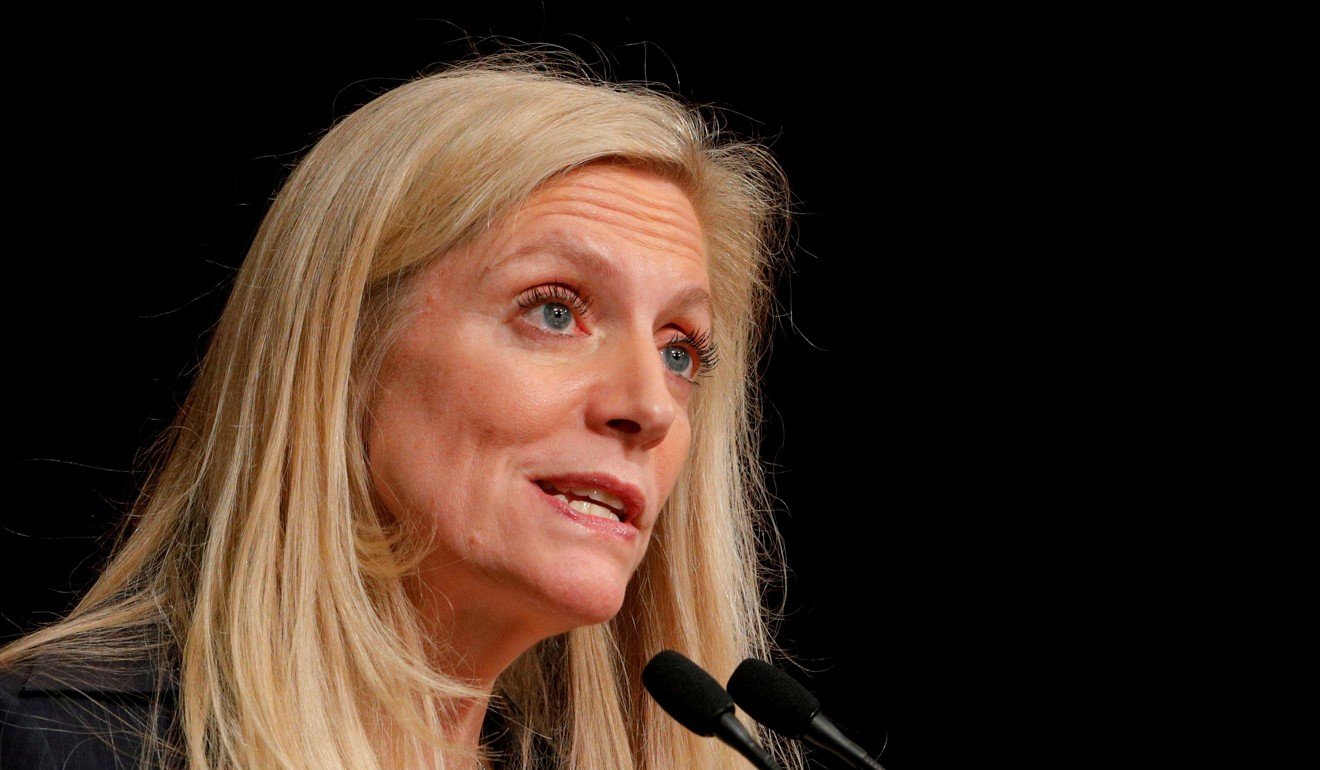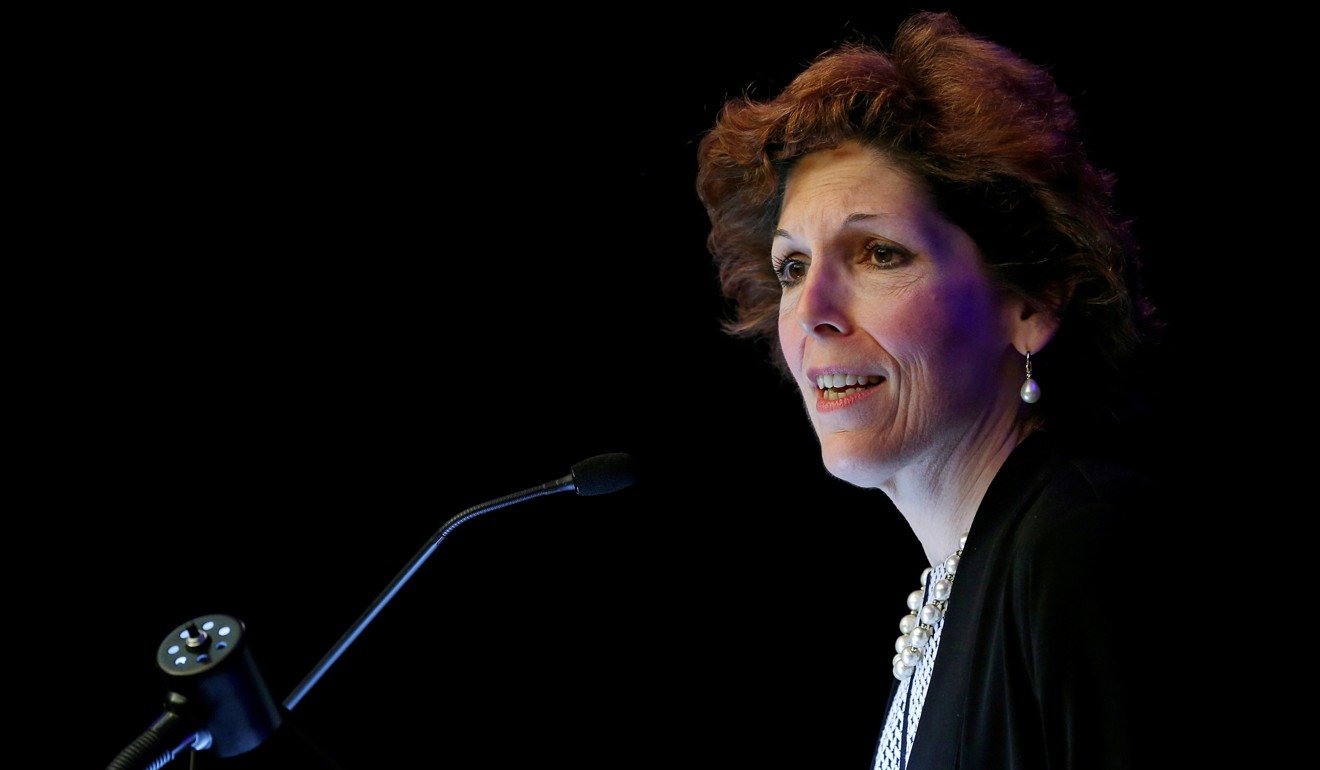
Watch for a quarter-point interest rate increase this week by a Fed eager to show its talons
The stars are aligned for a further policy tightening this week following data showing inflation is on the rise

If market pricing is any guide, it is a near certainty that the Federal Reserve will end its two-day policy meeting on Wednesday with another 0.25 per cent hike in US interest rates. The accompanying statement and Fed Chairman Jerome Powell’s press conference may exhibit a more hawkish tone. Markets are already on the move. The Fed may wish to keep pace.
When the Federal Open Market Committee (FOMC) last hiked rates, in December, there were two dissenters. The heads of the Chicago and Minneapolis Federal Reserves, Charles Evans and Neel Kashkari preferred to “maintain the existing target range for the federal funds rate”.
Fast forward to January 2018 and a rotation of regional Fed chiefs meant neither Evans nor Kashkari will have a vote on the FOMC this year. Of the incomers Cleveland Fed President and CEO Loretta Mester has previously appeared somewhat hawkish on rates, stating in January that while the Fed had three hikes in 2018 in mind, she herself could see a case for four moves.
Additionally, another Fed Governor, Lael Brainard, now seems more upbeat on the US economy. “Mounting tailwinds at a time of full employment and above-trend growth tip the balance of considerations,” she said on March 7. “With greater confidence in achieving the inflation target, continued gradual increases in the federal funds rate are likely to be appropriate.”

The FOMC will also be mindful that last Friday’s US Industrial Production rose 1.1 per cent month-on-month in February, far above market expectations, and that, according to data from the Institute for Supply Management, US manufacturing activity in February expanded at its fastest pace since May 2004.
There’s every possibility therefore that Wednesday’s FOMC statement could not only show a unanimous vote in favour of a rate hike but that it could also point in the direction of four increases in total in 2018. If the FOMC is leaning in that direction, it might wish to communicate that to markets even if it still feels it is too early to be too explicit.
The FOMC, fiercely jealous of its independence, may also feel it has to push back against last week’s comment from Larry Kudlow, President Trump’s new Director of the National Economic Council, who said he hoped the Fed wouldn’t overdo policy tightening.
And though the FOMC would never admit it, the committee may quietly feel it can’t ignore what’s happening in markets.
Even as the FOMC deliberates, US dollar borrowing costs continue higher, as evidenced in changes in the London interbank offered rate (LIBOR). Last Friday saw 3-month USD LIBOR at 2.20 per cent, its highest level since 2008.
That is quite a move even if the rise in USD LIBOR is not an indicator of a wider crisis as analysts such as TS Lombard’s senior macro strategist Oliver Brennan have argued. Brennan’s view is that higher offshore US dollar borrowing costs should be seen as primarily a consequence of greenback repatriation related to Trump’s tax legislation.

Nevertheless, the uptick in offshore US dollar borrowing costs, along with the fact that the US Treasury is set to auction more than US$400 billion of mostly shorter-dated new issuance this quarter, has surely helped drive up yields in the near end of the US yield curve. The market’s not a charity. It will demand a price off Uncle Sam to absorb the increased supply of paper.
The yield on 2-year US paper reached 2.295 per cent last week, a level not seen since 2008.
Elsewhere US Treasury data last Thursday showed China’s holding of Treasuries fell in January to its lowest level since July 2017. Markets might conclude that if Sino-US trade relations worsen, even though China might not actively sell US Treasuries, Beijing may be less inclined to buy so many.
That might also prompt slightly higher US yields.
The FOMC likes to lead markets not follow them. This Wednesday the FOMC may feel it has some ground to make up. It may show its talons.